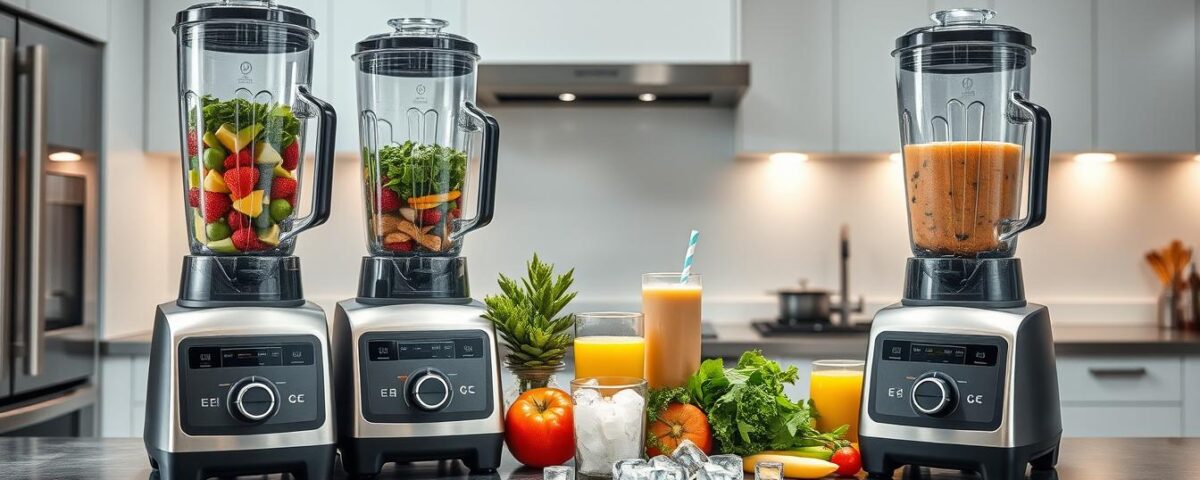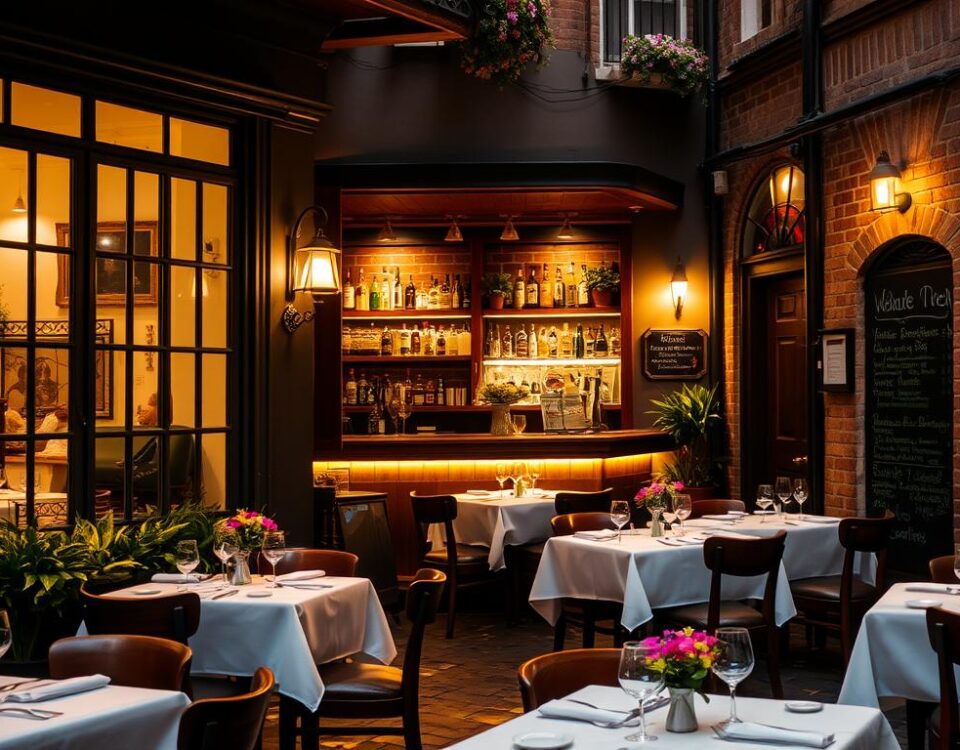
Best Online Restaurant Supply Stores for Fast, Affordable Equipment
June 30, 2025
How to Keep Catering Food Hot for Hours Without Drying It Out
July 1, 2025As a restaurant owner, you’ve likely experienced the frustration of a blender that can’t keep up with your kitchen’s demands. I’ve been there too, and it’s why I’ve spent months testing dozens of commercial blenders to find the best options for restaurants of all sizes.
A surprising fact that drove my research is that a significant 75% of restaurants consider a high-quality blender essential for their daily operations. With so many options available, I put each blender through a rigorous testing process, evaluating their performance with various ingredients, from tough vegetables to frozen fruits.
Now, I’m excited to share my honest findings on which commercial blenders deliver the best value, durability, and performance for professional kitchen environments. Whether you’re blending smoothies or puréeing soups, I’ll help you find the perfect food blender that meets your restaurant’s unique needs.
Key Takeaways
- Top-rated commercial blenders that deliver high performance and durability.
- Key features to consider when selecting a blender for your restaurant.
- Detailed analysis of motor power, container quality, and overall functionality.
- Recommendations organized by specific kitchen tasks to simplify your search.
- Insights on warranty coverage and overall value for your investment.
Why Your Restaurant Needs a Quality Commercial Blender
Investing in a quality commercial blender can make a significant difference in a restaurant’s operations. A commercial blender is not just another kitchen appliance; it’s a workhorse that handles demanding tasks with ease.
Common Kitchen Tasks Requiring Commercial-Grade Blenders
Commercial kitchens require equipment that can handle continuous use throughout busy service periods. From creating silky-smooth purees to blending perfect cocktails, a quality commercial blender is essential for various kitchen tasks.
- Blending large batches of soups and sauces
- Preparing frozen drinks and desserts
- Mixing thick batters and dough
The Difference Between Commercial and Home Blenders
The difference between commercial and home blenders goes beyond just power; it’s about durability, reliability, and consistent performance under pressure. Commercial blenders feature stronger motors, more durable containers, and better cooling systems.
As I’ve seen in many restaurants, trying to cut corners with home blenders only leads to frequent replacements when they burn out. In contrast, a quality commercial blender pays for itself through longevity and superior performance.
Commercial Blenders for Restaurants: Key Features to Consider
When selecting a commercial blender for your restaurant, several key features must be considered to ensure optimal performance. The right blender can make a significant difference in your kitchen’s efficiency and the quality of your dishes.
Motor Power and Performance
A robust motor is crucial for handling tough ingredients. I recommend looking for commercial blenders with at least 2-3 horsepower motors for restaurants that need to blend tough ingredients regularly. Motor power directly impacts how efficiently your blender can process ingredients – more powerful motors mean smoother blends in less time.
Stainless Steel Container Options
The choice of container material is vital. Stainless steel containers offer significant advantages over plastic, including better temperature resistance, longer lifespan, and resistance to odors and staining. The container design matters as much as the material – look for containers with optimal shapes for creating vortexes that pull ingredients toward the blades.
Variable Speed Controls
Variable speed controls provide crucial flexibility for different recipes – from gentle folding to high-speed emulsification. This feature allows you to adjust the blending speed to suit various ingredients and achieve the desired consistency.
Durability and Warranty Coverage
The best commercial blenders feature overheating protection and cooling systems that prevent burnout during extended use. Look for models with all-metal drive systems and reinforced components that can withstand the rigors of commercial kitchen use. Warranty coverage varies significantly between manufacturers – I recommend prioritizing models with at least 3-year commercial warranties.

Top-Rated Countertop Commercial Blenders
After testing numerous commercial blenders, I’ve narrowed down the top contenders for your consideration. These models stand out for their performance, durability, and value.
Hamilton Beach Commercial MX1200XTXS Blender
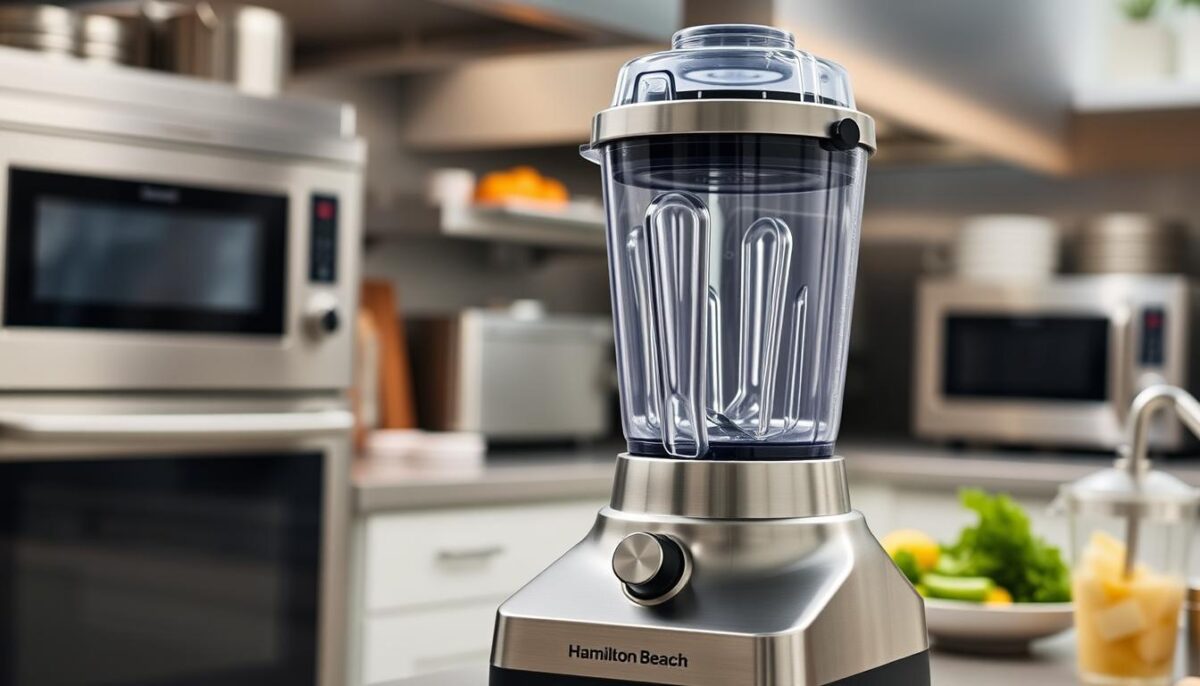
The Hamilton Beach Commercial MX1200XTXS Blender offers exceptional value with its 3.5 peak horsepower motor and durable construction. Its wave-action system pulls ingredients down into the blades for smoother results.
Hamilton Beach Commercial MX1000XTXS Xtreme Blender
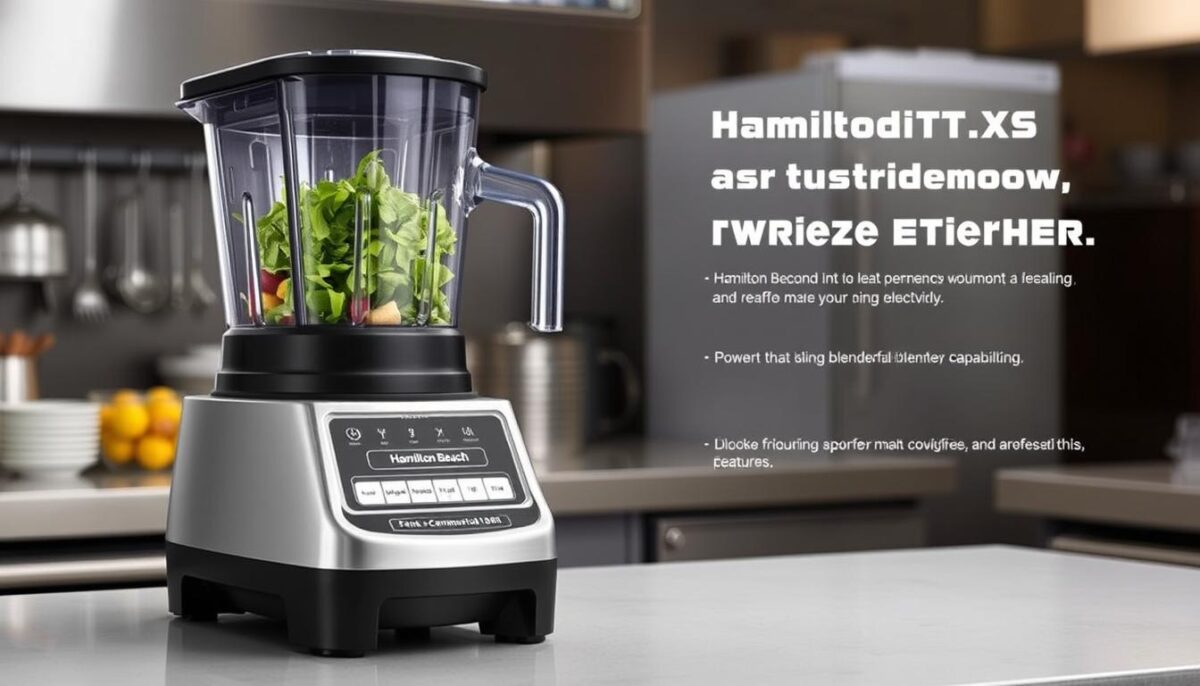
The MX1000XTXS Xtreme blender provides excellent performance at a more accessible price point. It features easy-to-clean designs and dishwasher-safe components, saving valuable time in busy kitchens.
Vitamix Commercial The Quiet One Blender
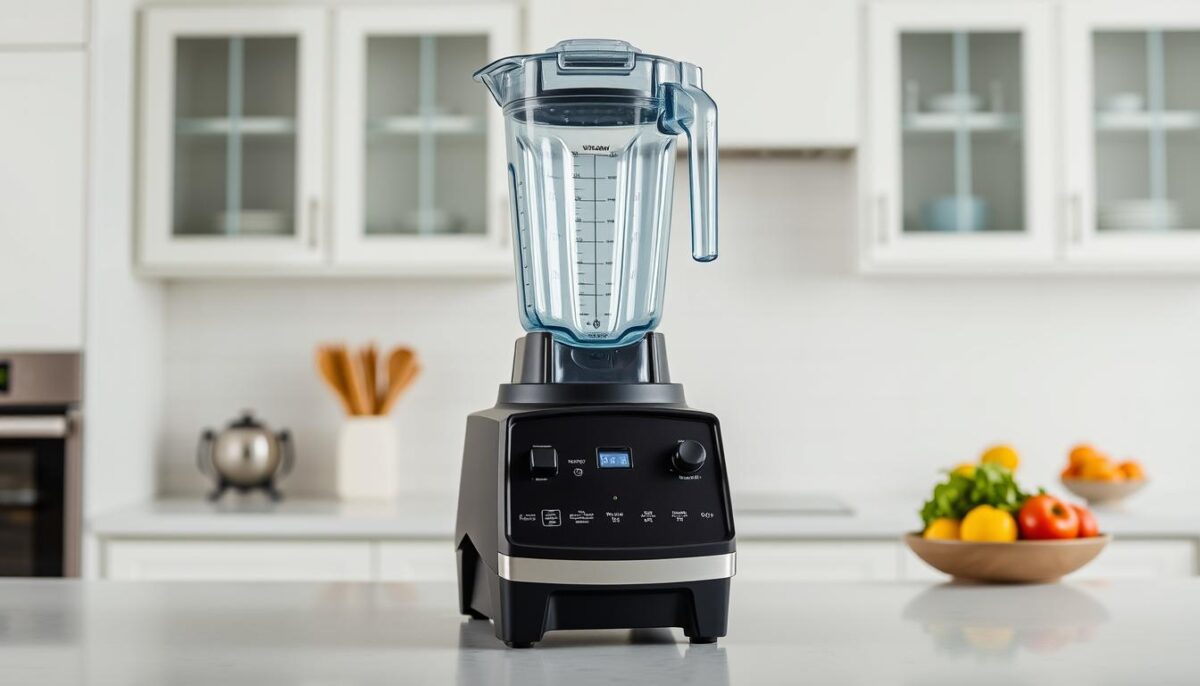
The Vitamix Commercial “The Quiet One” stands out for its exceptional noise reduction technology, making it ideal for front-of-house blending operations. It delivers the brand’s legendary blending performance while being nearly 50% quieter than other models.
All three top-rated models feature variable speed controls and programmable settings, ensuring consistent results. Their containers are designed to create efficient vortexes that pull ingredients toward the blades for faster blending.
Best Immersion Blenders for Restaurant Kitchens
For restaurant kitchens, immersion blenders are a game-changer, providing a convenient way to blend and puree ingredients directly in pots and pans. These versatile tools simplify various kitchen tasks, making them an essential asset for any commercial kitchen.
Hamilton Beach Commercial Immersion Blender
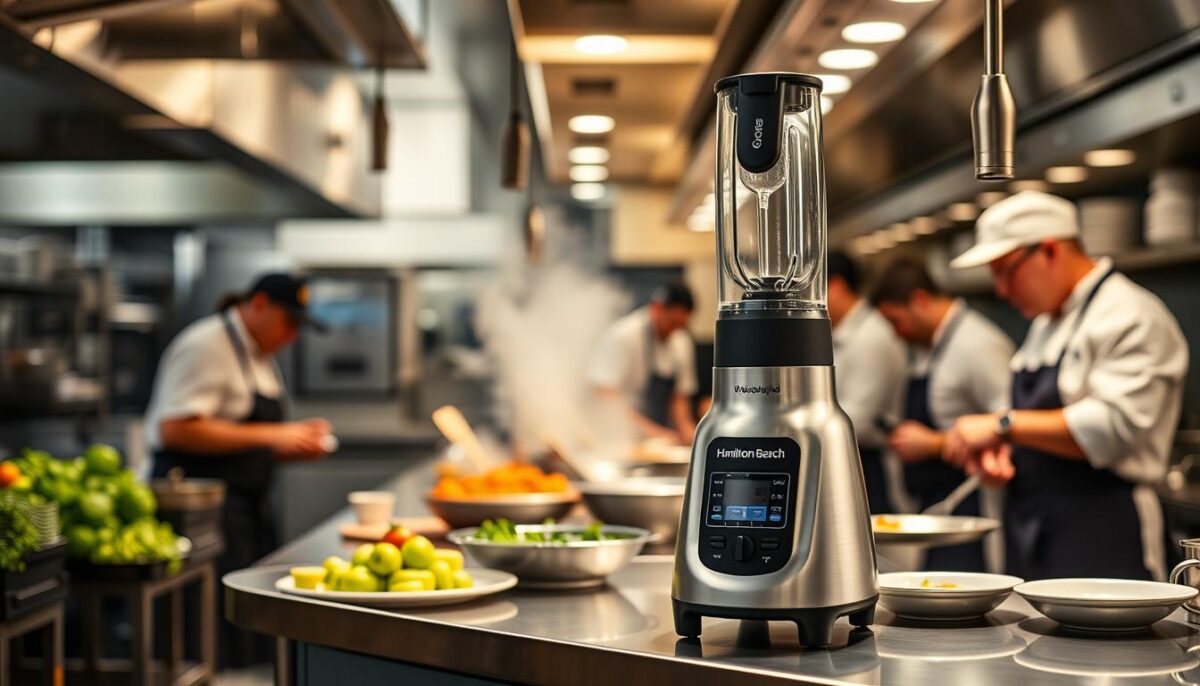
The Hamilton Beach Commercial Immersion Blender impressed me with its ergonomic design, reducing fatigue during extended use. Its variable speed controls allow for gentle blending or powerful processing as needed, making it ideal for a variety of kitchen tasks.
Waring Commercial Quik Stik Immersion Blender
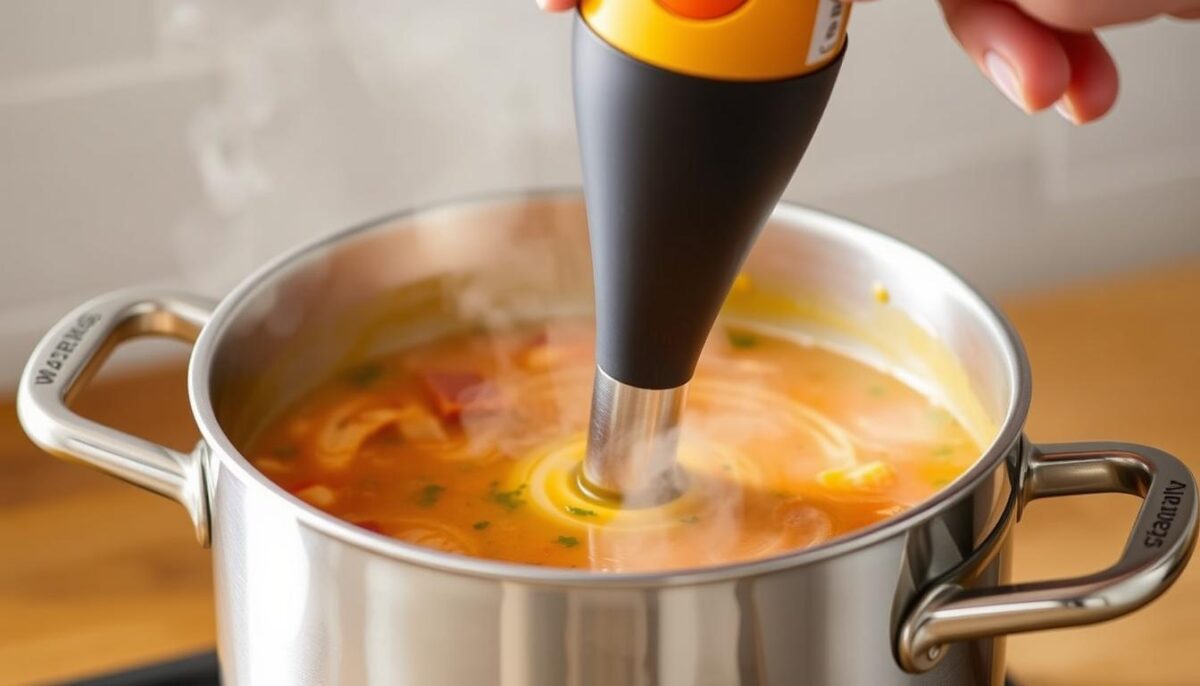
During testing, the Waring Commercial Quik Stik demonstrated exceptional durability and consistent performance even with continuous use. Its detachable shaft makes cleaning quick and thorough, a crucial feature for busy kitchen environments.
Best Features for Soups and Sauces
Immersion blenders excel at creating smooth soups and sauces while providing precise control over texture. This is particularly valuable in commercial kitchens where consistency is key.
Durability in High-Volume Settings
The stainless steel construction of these immersion blenders resists corrosion and stands up to the rigors of commercial kitchen use. For high-volume kitchens, models with replaceable blades are recommended.
Specialized Commercial Blenders for Different Tasks
Specialized commercial blenders are designed to excel in particular kitchen tasks. Whether you’re preparing frozen drinks, pureeing food, or blending ingredients for smoothies, having the right blender can make a significant difference.
Best for Bar Service and Cocktails
For bar service, I recommend models with programmed cycles that ensure every bartender creates identical drinks regardless of experience level. The best bar blenders feature noise-reduction technology that won’t disrupt customer conversations while still delivering powerful performance.
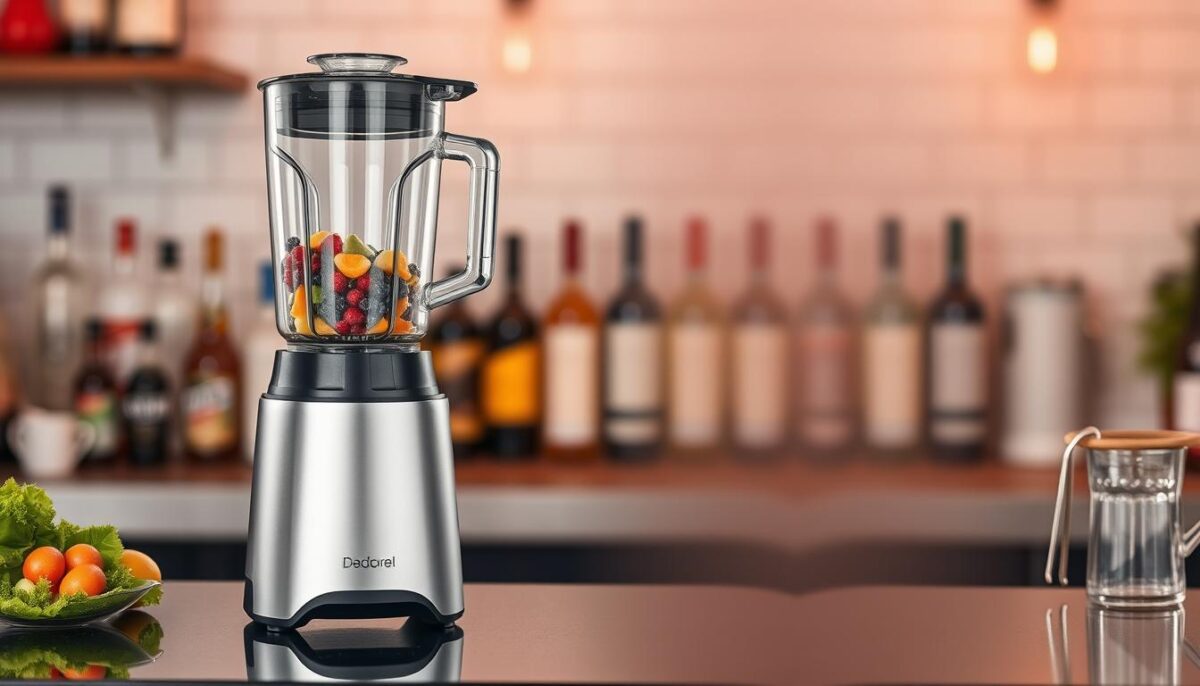
Best for Food Prep and Purees
When testing food prep blenders, I prioritized models with wide, easy-to-clean containers that accommodate larger ingredients without pre-cutting. The ideal food prep blender combines powerful processing with precise control for creating everything from chunky salsas to silky-smooth purees.
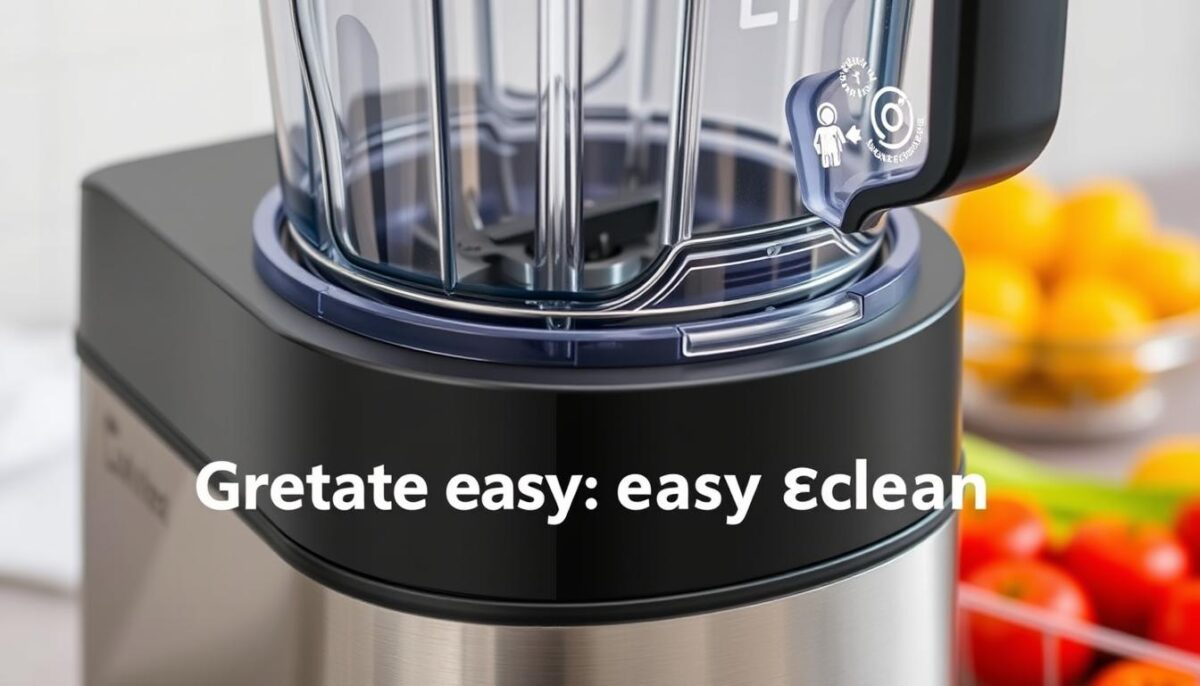
Best for Smoothies and Frozen Ingredients
For restaurants specializing in smoothies, I recommend blenders with advanced cooling systems that can handle continuous operation during rush periods. Blenders designed for frozen ingredients feature reinforced blades and more powerful motors to handle ice without dulling.
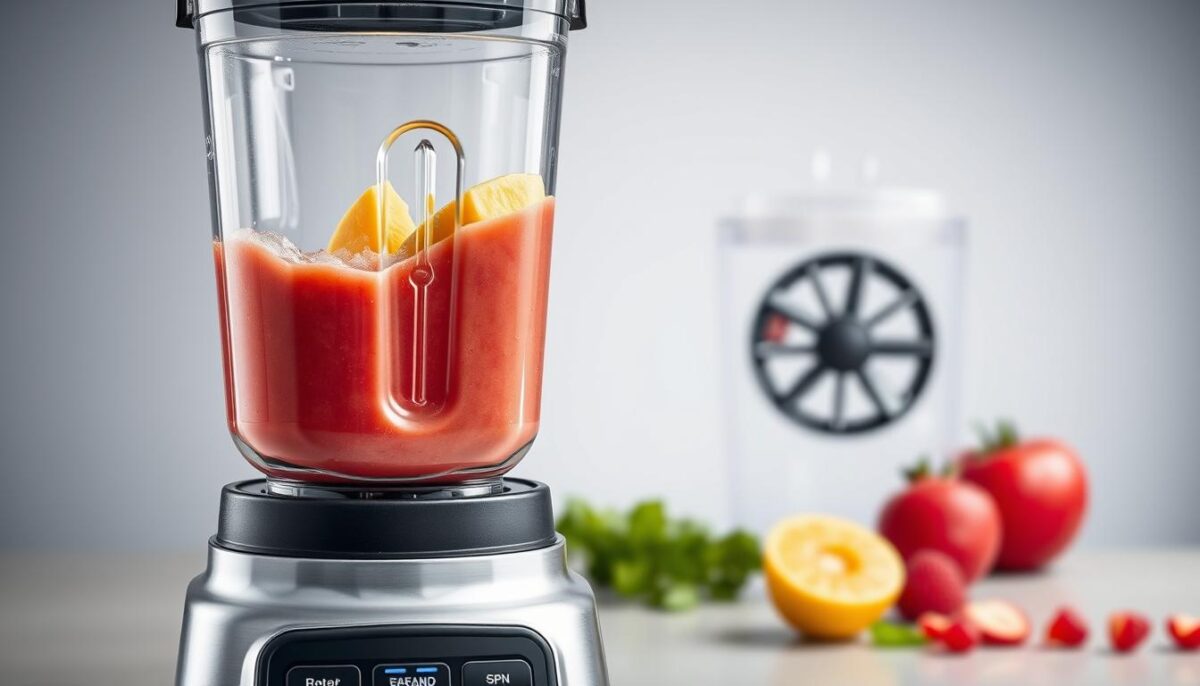
Restaurants that serve both food and cocktails might benefit from investing in separate specialized blenders rather than compromising with a single all-purpose model. The best specialized blenders include task-specific accessories like tampers for thick mixtures or specialized containers for different applications.
My Testing Process and Evaluation Criteria
To determine the best commercial blenders for restaurants, I developed a comprehensive testing protocol that evaluated each blender across multiple performance categories using standardized ingredients and recipes.
Performance Tests with Various Ingredients
My performance tests included challenging scenarios like blending frozen fruits, crushing ice, processing fibrous vegetables, and creating smooth emulsions. These tests helped me assess the blenders’ ability to handle various food textures and temperatures.
I also evaluated the blenders’ speed and control, measuring how precisely they could achieve specific textures from chunky to completely smooth.
Noise Level Assessment
I measured noise levels in decibels at various distances to determine which models could operate in customer-facing environments without disruption.
Durability and Stress Testing
Durability testing involved running blenders through continuous operation cycles to simulate busy service periods and identify potential failure points. I also tested stainless steel containers for temperature resistance, impact resistance, and stain resistance compared to their plastic counterparts.
Value for Investment Analysis
My value analysis considered not just purchase price but also estimated lifespan, warranty coverage, and replacement part availability and cost. I consulted with professional chefs and bartenders to incorporate their real-world perspectives on what makes a blender truly valuable in commercial settings.
Conclusion: Making the Right Investment for Your Restaurant
The right commercial blender can make a significant difference in your restaurant’s productivity and product quality. When choosing a blender, consider your specific needs, including menu offerings and volume requirements. For diverse needs, investing in both a high-performance countertop blender and a quality immersion blender can provide maximum versatility.
Proper maintenance is key to extending the life of your blender. Follow manufacturer guidelines for cleaning and maintenance. The commercial blenders recommended here offer a balance of performance, durability, and value. I’m confident that choosing one of these blenders will serve your restaurant well.
FAQ
What are the key features to consider when buying a blender for my restaurant?
When selecting a blender, I consider the motor power and performance, the type of container (stainless steel is a popular choice), variable speed controls, and the overall durability and warranty coverage.
How do I choose between a countertop blender and an immersion blender?
I choose a countertop blender for tasks that require a lot of blending power, such as making smoothies or frozen drinks. For tasks like soups or sauces, I prefer an immersion blender for its convenience and ease of use.
What is the benefit of a stainless steel container in a blender?
A stainless steel container is durable, resistant to scratches and corrosion, and can withstand the rigors of heavy use in a restaurant kitchen.
Can I use a home blender in my restaurant?
While a home blender might work for small tasks, it’s not designed for the heavy demands of a restaurant kitchen. I recommend a high-performance blender that’s built for commercial use.
How do I maintain my blender to ensure it lasts?
To keep my blender in top condition, I regularly clean it, check for wear and tear, and follow the manufacturer’s maintenance instructions.
What are some common tasks that require a blender in a restaurant?
Blenders are essential for tasks like making cocktails, smoothies, soups, and sauces. They’re also useful for food prep and pureeing ingredients.
